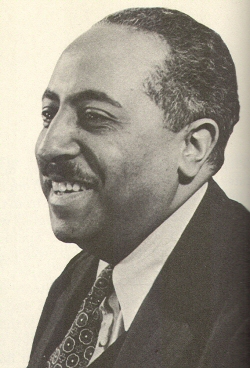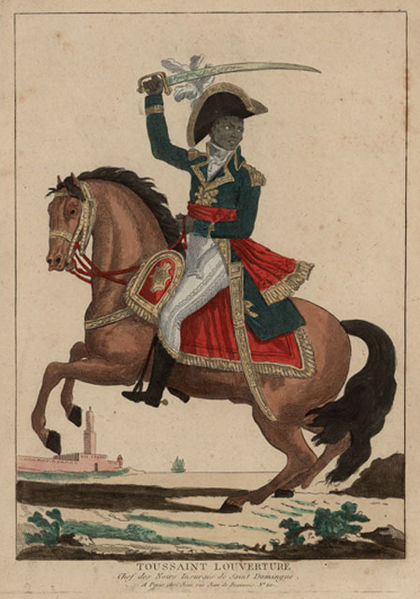Arna Bontemps’s Black Thunder is a celebration of revolution presented through a historical novel of the 1800 Gabriel’s Revolt. It failed as did not US slave revolts, but it can at a moment of revolutions exploding across the Atlantic. Bontemps reminds us that slaves were not immune from the Atlantic Revolutions. The context of the American Revolution, Thomas Jefferson’s struggle against the Federalists (culminating in the “Revolution of 1800”), and most importantly the revolution in Saint-Domingue, that would lead to independent Haiti. More than anything else, Bontemps is celebrating revolutionary violence at a time when many black writers were attempting to construct a place for themselves within the cultural industry of America. Was the Harlem Renaissance, despite its radical themes, essentially a cultural movement, without the political and revolutionary energies exhibited in the attempted revolution of Gabriel Prosser, a simple blacksmith and slave? Arna Bontemps’ rejection of the cultural industry as he found a place for himself teaching and in persevering the black heritage through his library work may suggest his frustrations with the efficacy of writing alone.
The novel is a fairly reliable account of Gabriel’s revolt told through the perspective of the rebels themselves, white observers (fearfully paranoid about any potential of slave resistance), and the legal structures charged with putting down the revolt and punishing the leaders. Bontemps is quite equivocal about he justice of Gabriel’s cause and the necessity for violence. Every mediation on that questions leads to the conclusion that the revolt must go on. Every opposition is eventually set aside. This is brought home in the end in the closing pages of the novel, with the execution of Gabriel. For a regime based on violence and enforced through violence could not be brought down without at least the threat. Bontemps makes clear the proportionality of the violence as well (26 rebels were executed despite the failure of the revolt to get off the ground)
A fascinating part of the novel is the global perspective of the rebellion. Gabriel and his followers moved to rebellion out of local conditions and offenses, but much of their inspiration came from across the sea. They passed around a letter from Toussaint L’Ouverture. “My name is perhaps known to you. I have undertaken to avenge your wrongs. It is my desire that liberty and equality shall reign. I am striving to this end. Come and unite with us, brothers, and combat with us for the same cause.” (655) We are also faced with a comparison between Gabriel’s struggle for liberty and white America’s debate about the “Alien and Sedition Acts”, which helped bring Jefferson to power. The Federalists used the revolt to attack the Jeffersonian, for bringing in “French” ideas and general talk of equality and liberty. Their recklessness with ideas, in the Federalist view, gave slaves the wrong idea about their place in the young republic. Both desires — to save America from becoming a new Saint-Domingue or to convince the people that they do not really mean to include blacks when they speak of “the Revolution of 1800” made suppression inevitable.
As a part of the Harlem Renissance, Black Thunder is a fairly lonely call for resistance and militancy. While some sighed as they described inequities, prejudices, and inanity of working class or peasant class black life and others called for “art as propaganda,” cultivating and promoting the vision of the most education, sophisticated, and progressive elements in black America, Bontemps called for fire. He clearly wanted his reader to be inspired by the history of resistance. This debate would not be resolved even after the successes of the Civil Rights Movement.
For all of us, black or white, Black Thunder has us ask a question. If violent resistance works to inspire us, or created fissures in oppressive institutions in the past, why are we so fearful of theses strategies? Is non-violence, really the answer to being kicked in the face? It seems that many of our radical ancestors did not think so. And their efforts inspire us. Is it that too few of us have the courage to face the gallows? Half measures and half revolutions are safe. But are they effective?

